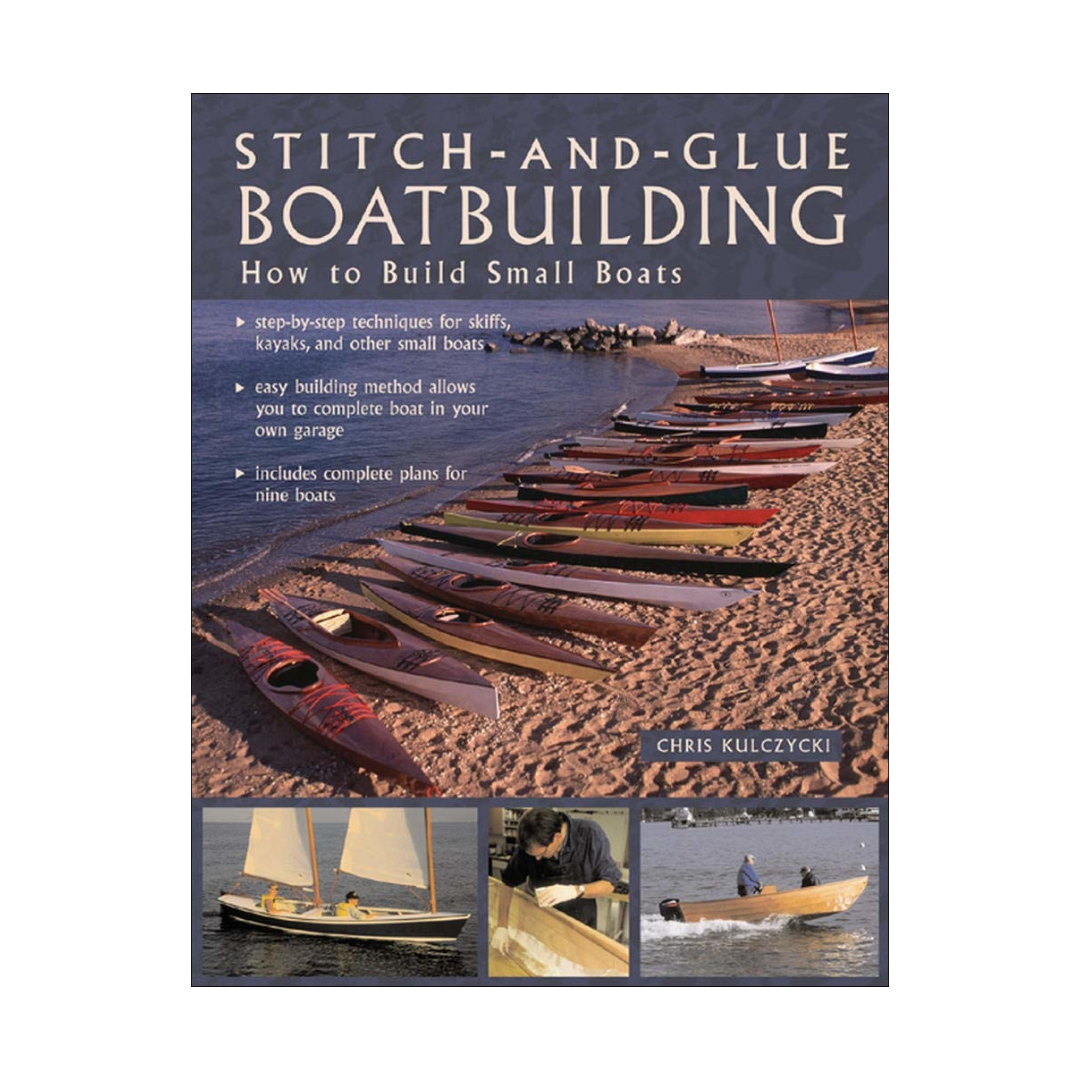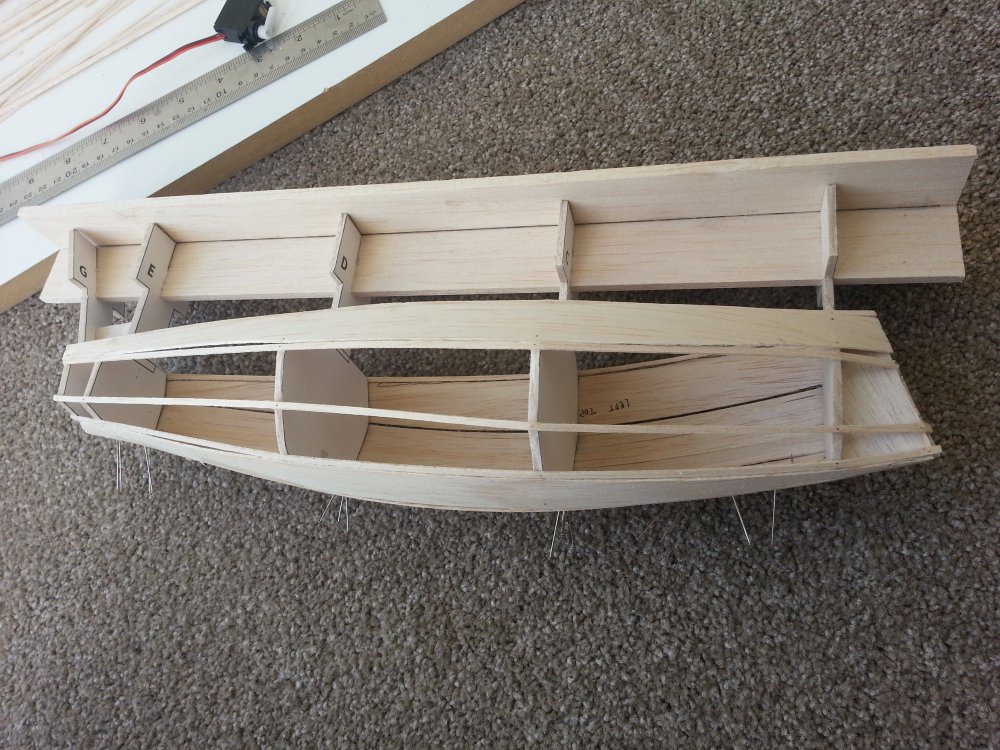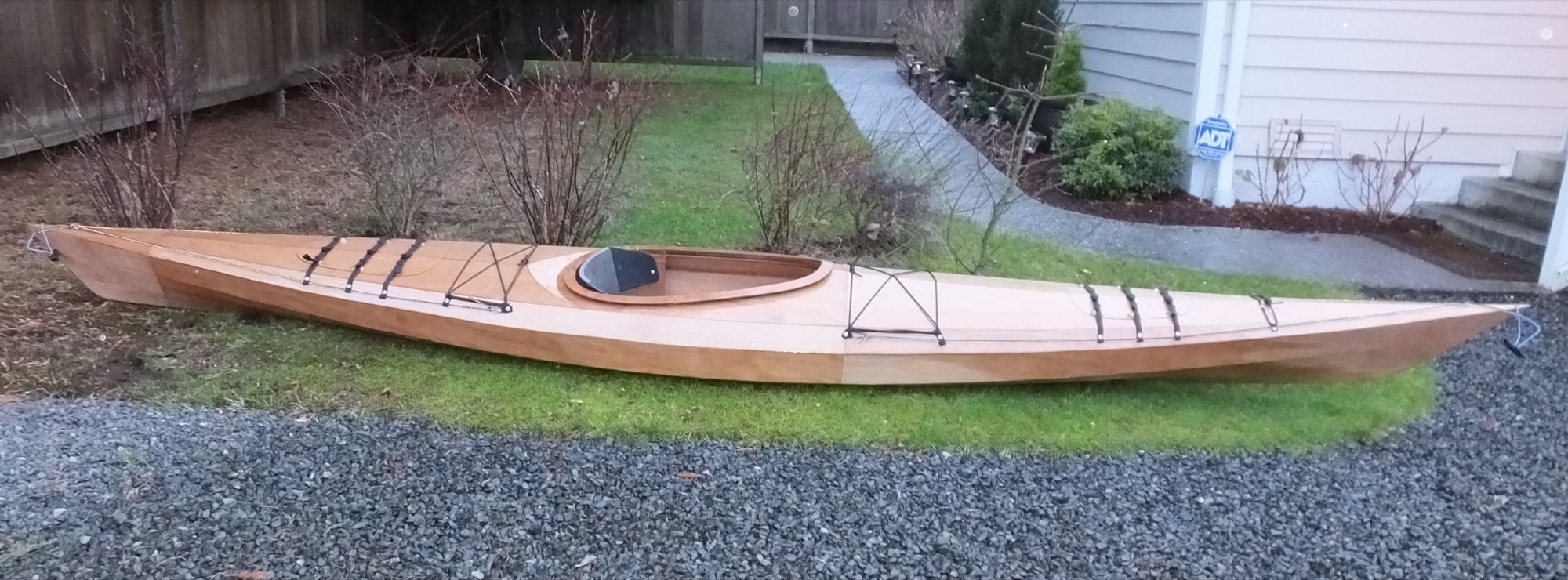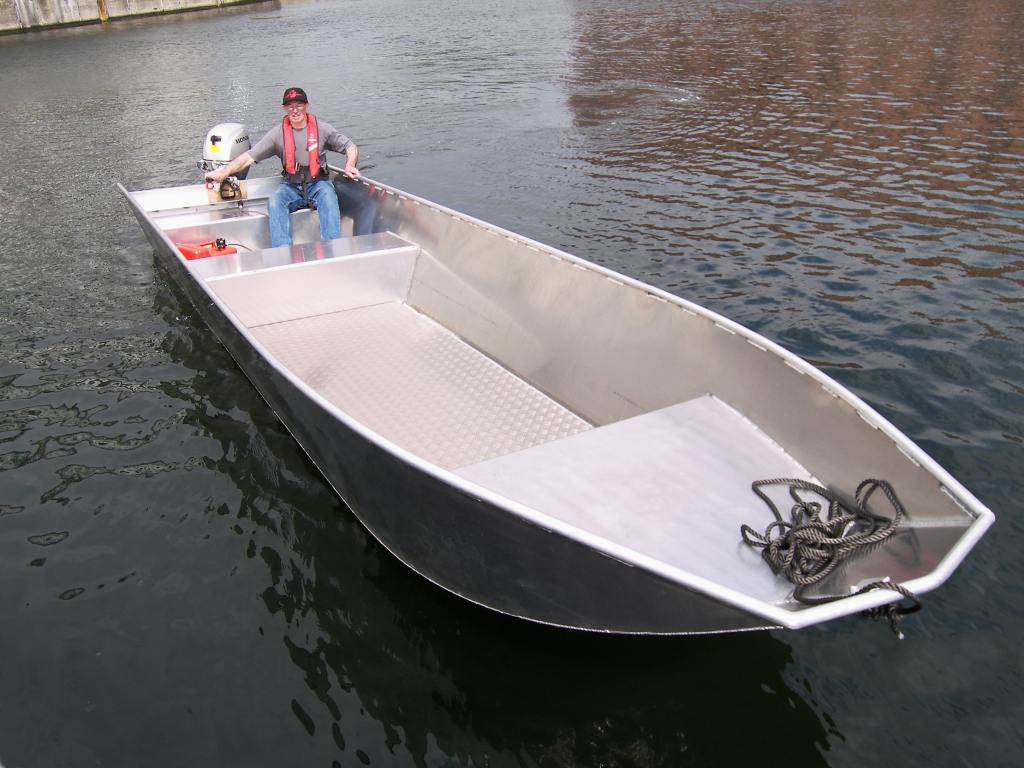
Beyond the Planks: Unveiling Hidden Gems in Wooden Boat Building
Wooden boat building, a craft steeped in tradition, often feels like navigating a well-charted sea. But even seasoned shipwrights can find themselves surprised by the nuances of this demanding art. "The Essentials Every Wooden Boat Builder Needs to Know" (let's assume this is the title of a hypothetical book for this review) provides a solid foundation, but we'll delve beyond the basics, exploring often-overlooked aspects and innovative approaches.
The Unsung Heroes: Materials Beyond the Obvious
Every builder knows the importance of selecting the right wood. But what about the often-overlooked materials that hold a boat together?
Q: Beyond traditional epoxy, what innovative bonding techniques are gaining traction?
A: The field is rapidly evolving! Recent research (Journal of Adhesion Science and Technology, 2023 - *hypothetical citation*) highlights the increasing use of bio-based adhesives derived from renewable sources like soybeans or plant starches. These offer comparable strength to traditional epoxies while boasting improved environmental sustainability. Furthermore, advanced composite materials, such as carbon fiber reinforcements within traditional wood structures, are becoming more accessible, enhancing both strength and lightnessâ€"a crucial consideration in modern boat design.
Q: How can we minimize material waste and maximize resource efficiency?
A: This is where the "circular economy" mindset comes into play. Instead of discarding offcuts, consider incorporating them into smaller projects, like tool handles or decorative elements. Collaborating with other woodworkers or local artists to repurpose leftover wood can also reduce waste and foster a sense of community. Furthermore, explore digitally assisted design (CAD) and CNC machining to optimize material usage and minimize errors, leading to less waste from mistakes.
Beyond the Blueprint: The Human Element
Building a boat isn't just about following plans; it's about understanding the wood, feeling the grain, and anticipating its behavior. The "Essentials" book might cover the technical aspects, but what about the intangible?
Q: How does mentorship and shared knowledge contribute to successful boat building?
A: Think of the old shipyards â€" knowledge was passed down through generations of master craftsmen. While formal apprenticeships are less common today, seeking mentorship from experienced builders is invaluable. Online forums and workshops provide platforms for collaboration and knowledge sharing. This not only speeds up the learning curve but also fosters a strong sense of community within the wooden boat building world.
Q: What role does mental health and well-being play in this demanding craft?
A: Wooden boatbuilding is a marathon, not a sprint. It demands patience, precision, and resilience. Burnout is a real risk. Regular breaks, mindfulness techniques, and a supportive community can significantly impact both mental and physical well-being throughout the process. Celebrating small victories along the way is crucial to maintain motivation.
Looking Ahead: Embracing Innovation
The future of wooden boat building lies in its ability to adapt and innovate.
Story Time: Imagine a young builder using 3D scanning to capture the precise dimensions of an antique boat, then using this data to recreate it with modern materials and techniques. This isn't science fictionâ€"it’s a reality facilitated by accessible technology.
This approach marries traditional craftsmanship with modern innovation, allowing for preservation and replication of historically significant vessels while addressing contemporary challenges like material scarcity and sustainability. The "Essentials" might provide a sturdy starting point; however, embracing these new perspectives and technologies pushes wooden boat building into a vibrant, sustainable future.
In conclusion, while "The Essentials Every Wooden Boat Builder Needs to Know" (our hypothetical book) offers a critical foundation, a deeper exploration of innovative materials, community collaboration, mental well-being, and technological advancements unlocks a richer and more sustainable future for this time-honored craft.











